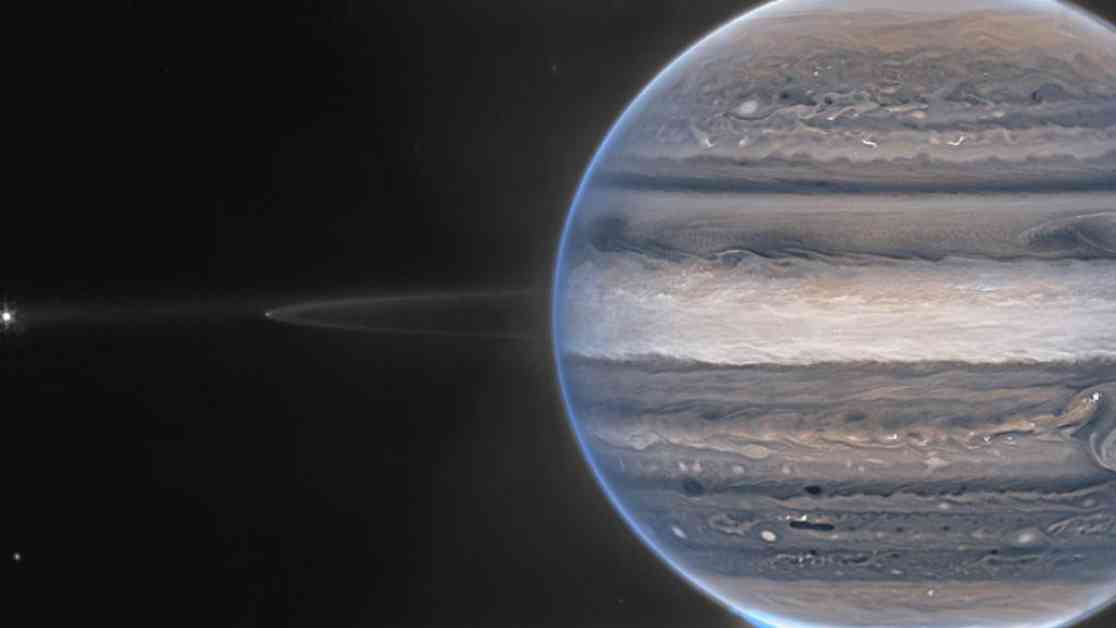The probe was launched with the help of a “Falcon Heavy” rocket from the private space company SpaceX by Elon Musk, as announced by the US space agency NASA. The launch had to be postponed for a few days due to the hurricane “Milton”. “Europa Clipper” is the largest spacecraft ever built by NASA for a planetary mission. Prof. Dr. Nicolas Thomas from the University of Bern is involved in the project.
After nearly three billion kilometers of travel, “Europa Clipper” is expected to reach Jupiter’s orbit in 2030. The Jupiter moon Europa, the mission’s target, is surrounded by an icy crust. Scientists suspect that beneath the surface lies an ocean that could contain more water than all of Earth’s oceans combined.
During several close flybys, the probe will investigate whether there may be conditions for life on this Jupiter moon. NASA refers to the moon Europa as “the most promising potentially habitable environment in the solar system.” Bernese space researcher Nicolas Thomas explains what this means. “We have three important resources on Europa: an energy source, liquid water, and minerals that serve as a type of nutrient.” He was appointed to the camera team nine years ago.
The space researcher from Bern considers the chances of the probe arriving safely as follows: “In my opinion, the chances are very high. The launch is relatively dangerous, and this one was successful. Now, the probe will make some flybys of Earth, gain more energy, and then fly to Jupiter.” However, the first results will not be available for at least six years. That’s how long the spacecraft has until it reaches the Jupiter moon Europa.

















